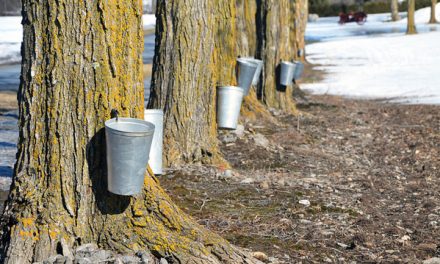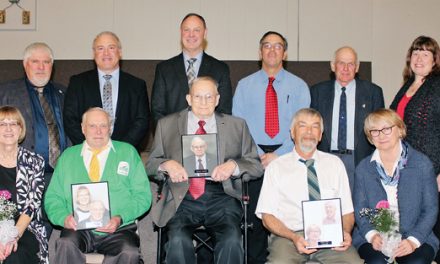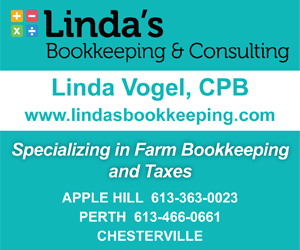by Kalynn Sawyer Helmer
AgriNews Staff Writer
AVONMORE – EastGen held a multi-zone meeting in Avonmore on Thurs., Dec. 13, Along with some updates from EastGen staff on new programs and well performing genetics, guest speaker Jack Rodenburg, former dairy specialist with Ontario Ministry of Agriculture, Food and Rural Affairs and DairyLogix consultant, spoke to the crowd about managing dairy with tighter margins.
Rodenburg’s predictions for the future due to the trade agreements include: little to no growth from 2020 to 2025 with growth eaten up by imports. Also Rodenburg said he foresees no quota increases and few incentive days for the next five years or more. This will be a big change after five per cent growth per year for the last 10 years.
In order to combat the lack of growth, Rodenburg said keys to success will be market security and doing more with less. Consumer growth is around two to three per cent per year with population growth. Rodenburg said market security will partially be about making better connections with the consumer. Producers will also need to do more with less. He said knowing the cost of production is vital. Once producers know costs, they can evaluate, cut where it is logical or not profitable, and do better with what is profitable.
He continued that buying machines to avoid taxes should be avoided to stay away from the debt load and ensuring that machines are used efficiently. Rodenburg said if there is not enough acres to justify the cost of the machine and offer sufficient returns, then adding costume work or other options will help to make the farm more efficient.
Other expenses to consider are feed and labour. “Feed is a huge expense,” said Rodenburg. “Focus on forage quality. Harvest on time and quickly. Avoid weather damage, pack, cover and keep it clean.”
As for labour, Rodenburg said this is the biggest input on the farm but those costs are not considered because producers don’t write a cheque for their own time. Stats that Rodenburg showed, cited that labour time per cow goes down as the barn gets bigger and producers move to a freestall. While this may be an option for some, without market growth there may not be enough quota to justify the change.
Rodenburg offered that creative solutions need to be available in the future, such as shared facilities and partnerships between neighbouring producers. “Politics today do not allow this. Current DFO rules sacrifice efficiency in the interest of preserving political clout,” said Rodenburg. “It needs to be addressed as a united group. It can’t be done as an individual.”
In the mean time, Rodenburg said important tools to be used are benchmarking and tracking production. “Good managers can keep their best cows around longer by keeping them healthy. The longer they can keep those cows around, the more profitable they can become,” he said. “Find out what makes money on the farm and what separates the economic doers.”












